Some cities take you completely by surprise and this is exactly what happened visiting Lyon, France. I knew that Lyon is known as a gastronomic destination in France, so I wanted to experience some of the best French cuisine while explore some of the medieval charm and Unesco sites around the city. Outside of that, I didn’t know much about the Lyon except from recommendations from friends to visit and check out the scene and some fun things to do in Lyon. I was pleasantly surprised with my first impression of Lyon and that there were so many things to do in Lyon. I could have stayed a few more days to explore the many arrondissemonts (districts) of the city.
It’s wonderful that the historic central district of Lyon is relatively easy to walk around or take public transportation through the main attractions around the historic center. Typically, I enjoy walking everywhere so I can see everything along the way and take my time photographing some interesting detail or an unusual scene that catches my eye. And there is plenty to see walking around Lyon on a lovely summer day.
A little history about Lyon, France
Lyon, often referred to as the “Capital of Gastronomy” and “Silk Capital of the World,” is a historic city located in east-central France. Its history is rich and diverse, dating back over two millennia. Here’s a brief overview of Lyon’s history:
Roman Origins: Lyon was founded by the Romans in the 1st century BC, originally known as Lugdunum. It was established as a strategic military and economic hub at the confluence of the Rhône and Saône rivers. Lugdunum quickly grew into a significant Roman city.
Roman Emperors: Lyon gained importance during the Roman Empire and was the capital of the province of Gallia Lugdunensis. It was also the birthplace of the Roman Emperor Claudius in 10 BC.
Christianity: Lyon played a pivotal role in early Christianity. It was the site of the first Christian communities in Gaul (ancient France). Notably, Saint Irenaeus, the influential early Christian theologian, served as the bishop of Lyon in the 2nd century.
Middle Ages: In the Middle Ages, Lyon became a prominent center for trade and commerce, particularly in the silk industry. The city’s silk production and trade with the East made it a prosperous and influential European city.
Renaissance: Lyon thrived during the Renaissance, with a flourishing printing industry. The city played a significant role in disseminating knowledge and culture throughout Europe.
Revolutionary Era: Like many French cities, Lyon experienced significant turmoil during the French Revolution. It was a stronghold of counter-revolutionary forces and faced severe reprisals from the revolutionary government.
Industrialization: In the 19th century, Lyon underwent industrialization and urbanization, fueled by the growth of the textile industry. The city’s historic traboules (hidden passageways) were constructed during this period.
World War II: Lyon was an important center of the French Resistance during World War II. It played a crucial role in intelligence and sabotage operations against the Nazi occupation.
Post-War Reconstruction: After the war, Lyon underwent extensive reconstruction and modernization. It became known for its innovative urban planning, including the creation of the Part-Dieu district and the Cité Internationale.
Culinary Capital: Today, Lyon is celebrated as a culinary mecca, with a rich tradition of gastronomy. The city’s bouchons (traditional restaurants) serve classic Lyonnaise cuisine, making it a UNESCO-recognized “City of Gastronomy.”
UNESCO Heritage: Lyon’s historic center, with its well-preserved Renaissance architecture and traboules, is designated as a UNESCO World Heritage Site. The city’s silk industry heritage is also recognized.
Lyon’s history is a tapestry of Roman heritage, religious significance, economic prosperity, and cultural contributions. It continues to be a vibrant, dynamic city, blending its rich past with modern innovation and creativity. Today, Lyon stands as a captivating destination for travelers seeking history, culture, and culinary delights.
Lyon, France FAQ
What is Lyon, France known for?
The city of Lyon is recognised for its amazing food markets, cuisine and gastronomy. A smaller version of Paris with a Unesco Heritage site of Old Lyon and the Fourviere Hill along with the scenic Perqu’ile area
Is Lyon, France worth visiting?
Best things to do in Lyon, France
Lyon’s Place Bellecour
In the center of Lyon is Place Bellecour, a magnificent square surrounded with stately buildings and looming above on a hill, is a very unusual building called the Basilica of Notre-Dame de Fourvière, dedicated to the Virgin Mary. In the middle of the square is an bronze equestrian statue of king Louis XIV. Along with some other bronze statues in this grand square, the area around the historic central district and medieval district is all part of a Unesco World Heritage Site.
I visited the main tourist center in the square to get a map and understand the layout and some of the main attractions worth visiting. I’m in luck this weekend because the place to be is along the Saone river, exploring the old town and enjoying a nice meal. I also find out there are a variety of activities along the riverfront areas to explore including the large outdoor weekend market and an art show.
River crossings at Lyon
Two rivers run through the central district of Lyon, the Saone divides the medieval section to the historic center. And the Rhone river separates the central district to the newer arrondissements (districts) of the city. On weekends one of my favorite places to go in Lyon is to walk along the Saone river, a lively outdoor farmers market takes place with fresh produce and locally made products from region.
There are pop up restaurants selling local delicacies like fresh seafood, sausages and even Paella which for some reason did not seem local to me. It’s fantastic to see what is in season and sample some local fruit or hand made specialty from the area like the cheeses and cured meats which seemed to draw in everyone to sample and purchase something to take home.
Oysters and seafood along the Saone river, mais qui!
Weekend markets along the Saone are where the locals go
On the other side of the Saone river is another weekend market with local artists selling their artwork along the waterfront. It’s lively and a very colorful scene with different types of art work on display for everyone to appreciate the creativity of local artists from the area.
Exploring the medieval district called Vieux Lyon
On other side of the Saone river is one of the most popular tourist places in Lyon to see called the medieval quarter or Vieux Lyon (old Lyon). The main imposing landmark is the cathedral of St. Jean, located in the Saint-Jean quarter.
Along the main promenade called the Rue Saint-Jean, many of the buildings are built in a Romanesque style, lining the main street all the way to the medieval center. The cobbled streets are filled with pastry and coffee shops, souvenir stands and galleries including a large selection of restaurants specializing in regional Lyonnaise cuisine.
Window shopping along the Rue de Gadagne
Fresh crepes made to order with savory or sweet choices
Looming above the Saint-Jean quarter is the Basilica of Notre-Dame de Fourvière with its imposing façade and two twin towers. Fourvière is dedicated to the Virgin Mary, who saved the city of Lyon from the bubonic plague that decimated Europe in the 1643, along with many other serious plagues happening afterward. I learn that the basilica derived its name Fourviere from the ancient Roman forum, or forum vetus, where the current church it is built directly on top of the forum. There are a few other roman ruins just outside of the basilica, including the outdoor Roman theater with stone seats running down the side of the hill above Vieux Lyon.
To get to the top where the basilica is located, I take this pleasant ride on a relatively new funicular (cable car). It’s a quick ride to the top and close by is the entrance to the basilica. If you go to the back end, there is a look out point with fantastic views of the entire city. The basilica is quite impressive considering that it was built entirely from private funds.
Surprisingly, there is another large church located below in the basement and it is just as magnificent as the one above it. It is almost excessive in the overall design and decoration with all the gilt and elaborate details crafted from local artists, every inch was filled with intricate craftsmanship, statuary and artwork.
Stunning interior details of the Basilica of Notre-Dame de Fourvière
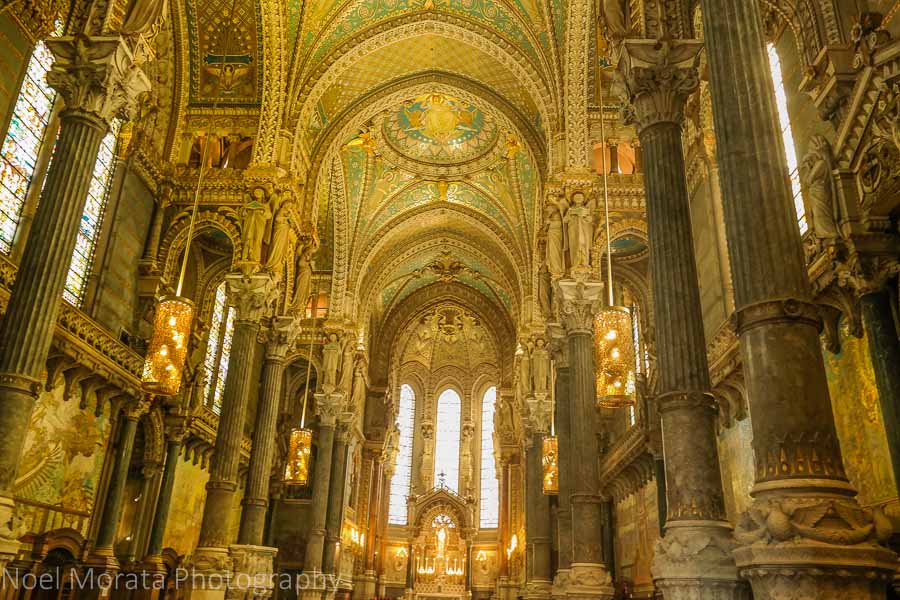
Interior details of the Basilica of Notre-Dame de Fourvière in the medieval district of Lyon, France
Center altar of Basilica of Notre-Dame de Fourvière
The Roman theater close to Basilica of Notre-Dame de Fourvière
Instead of taking the funicular back, I decide to walk downhill back to the Vieux Lyon and explore the area around the Roman theater. It’s a relaxed area with nice grassy areas to have a picnic or just take a break which is exactly what I did for a few minutes to absorb the space. The place is not crowded and corded off like many roman ruins, so it’s wonderful to just sit out in the sun and soak in all these wonderful views.
Continuing the walk down from the Roman theater, there are some more places to stop and enjoy the scenic views to the entire city. Here’s another look down to medieval town and the central district of Lyon from a lower vantage point.
Eating around Vieux Lyon
After a quick downhill walk, I finally make it to the medieval section and check out some of the marvelous restaurants many featuring local specialties from the region. There are so many restaurants tucked into the many small alleyways and clustered food . It’s almost difficult to choose the best spot and dish, so I rely on my intuition and choose something very traditional from a French menu.
I’m ready for a nice meal and indulge in a delicious cassoulet dish, it’s filled with haricot beans, small potatoes, tomatoes, duck confit and local sausages. The dish is delightful and in French they say, c’est magnifique (delicious).
I capped off the meal with a simple praline cake, a local specialty from the area and it’s also a winner. Today was quite successful explore the main attractions of Lyon and ending the day with an excellent meal tasting a traditional dish from Lyon. I’m so ready to go to bed and discover more of this wonderful city in my upcoming posts, so please stay tuned for more of my Lyon discoveries.
Weather and best time to visit Lyon, France
Lyon, France, experiences a range of weather throughout the year, and the best time to visit depends on your preferences and the type of activities you have in mind. Here’s a breakdown of Lyon’s weather and the best times to visit:
- Spring (March to May):
- Spring in Lyon is a lovely time to visit as the city starts to bloom.
- Temperatures gradually rise during this period, ranging from around 50°F (10°C) in March to the mid-60s°F (16-20°C) in May.
- The city’s parks and gardens come to life with colorful flowers, making it a great time for outdoor activities and sightseeing.
- Summer (June to August):
- Summer is the peak tourist season in Lyon due to warm and sunny weather.
- Daytime temperatures typically range from the mid-70s°F (24-26°C) to the low 80s°F (27-30°C).
- This is an ideal time for outdoor dining, exploring the city’s festivals, and enjoying the Rhône and Saône riverside areas.
- Fall (September to November):
- Early fall is a pleasant time to visit Lyon, with warm temperatures and fewer crowds.
- September offers comfortable weather, with temperatures ranging from the mid-70s°F (24-26°C).
- October starts to cool down, with temperatures in the mid-60s°F (16-20°C).
- November is cooler, with temperatures dropping into the 50s°F (10-15°C).
- Fall foliage in parks and along the rivers provides a picturesque backdrop for your visit.
- Winter (December to February):
- Lyon experiences a mild winter compared to many other European cities, but it can be chilly and damp.
- December temperatures hover around the 40s and 50s°F (4-10°C).
- January and February are the coldest months, with temperatures ranging from 35 to 45°F (2-7°C).
- While Lyon doesn’t typically receive heavy snowfall, occasional light snow and rain can occur.
- Winter is an excellent time for exploring museums, enjoying indoor attractions, and savoring cozy, warm meals in traditional Lyonnaise restaurants.
Best Times to Visit Lyon:
- Late Spring (May and June): Late spring offers pleasant weather with fewer crowds than the peak summer season. You can enjoy outdoor activities and explore the city comfortably.
- Early Fall (September): September is a fantastic time to visit Lyon as the weather is still warm, and the city is less crowded than in the summer months.
- Special Events: Consider visiting during special events like the Festival of Lights (Fête des Lumières) in early December or the Lyon International Dance Biennial, which takes place in odd-numbered years.
Ultimately, the best time to visit Lyon depends on your preferences for weather and crowd levels. Lyon offers something unique and enjoyable in each season, so plan your trip based on your interests and desired experiences.
Check out these other topics on Lyon
Thanks for visiting this post on A first impression of Lyon, France, please check out my other post of Lyon touring at night time here.
Conclusion to a first impression of Lyon, France
I hope you enjoyed reading the article, if so could you please share it with any of the social media buttons located around the post?
If you like what you see, come and check out my other social media channels for more updates, including Instagram, Pinterest and Twitter

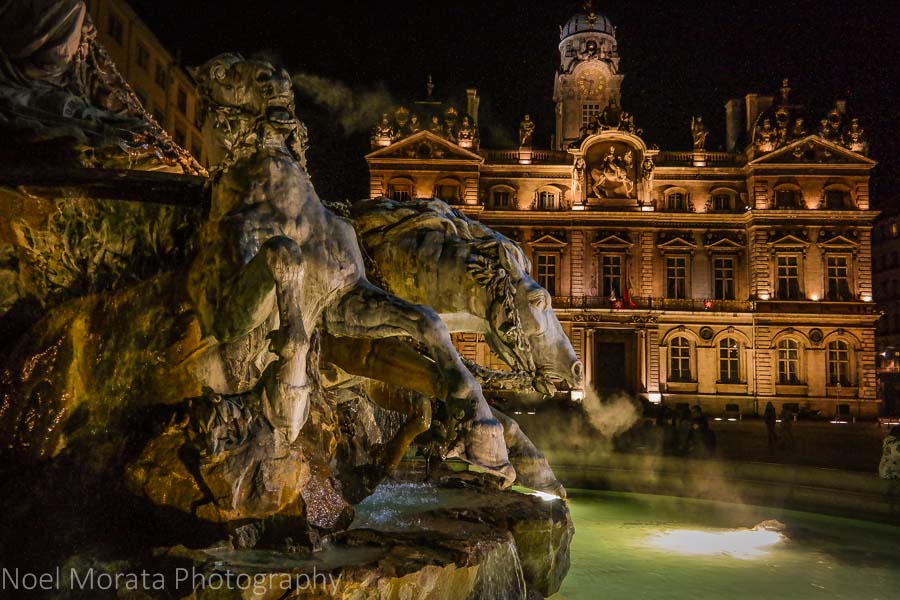
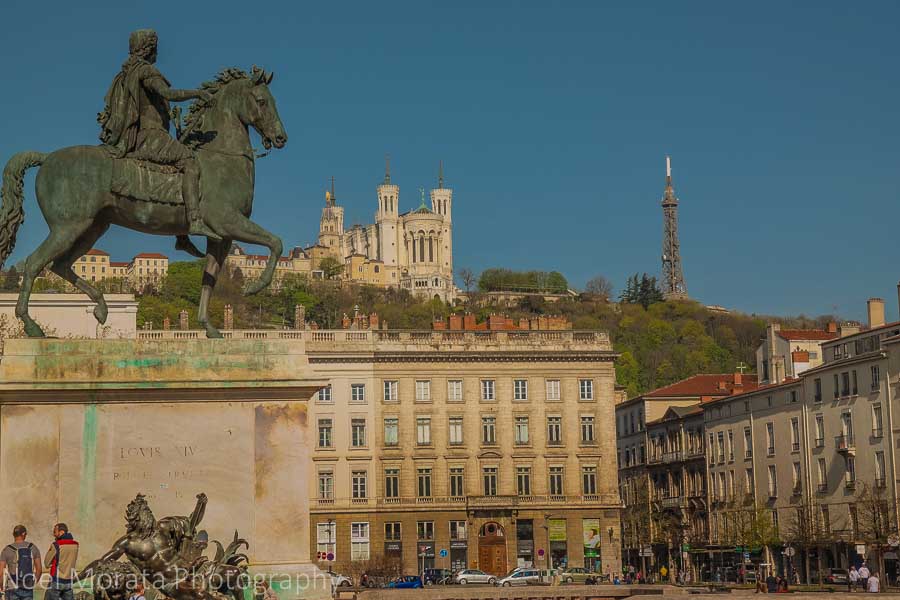
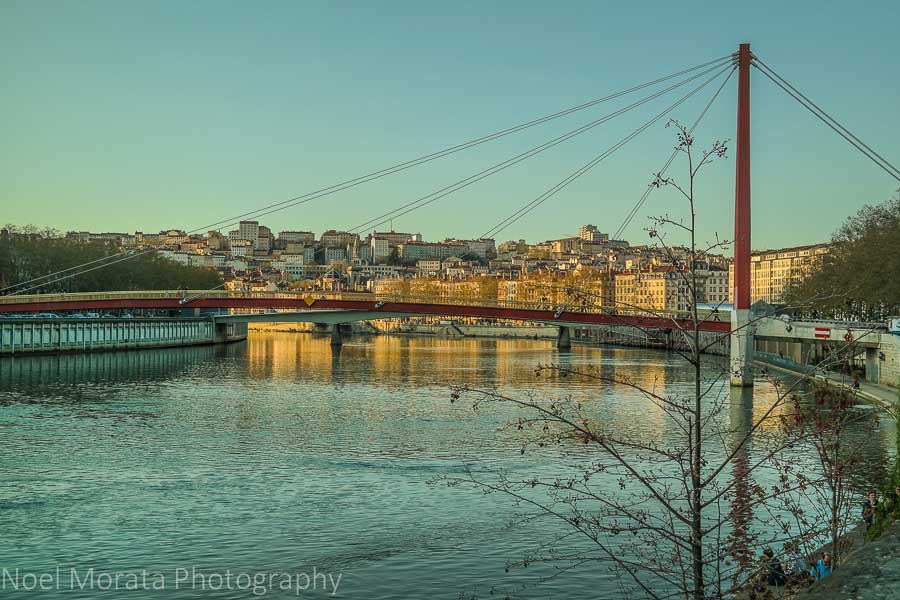
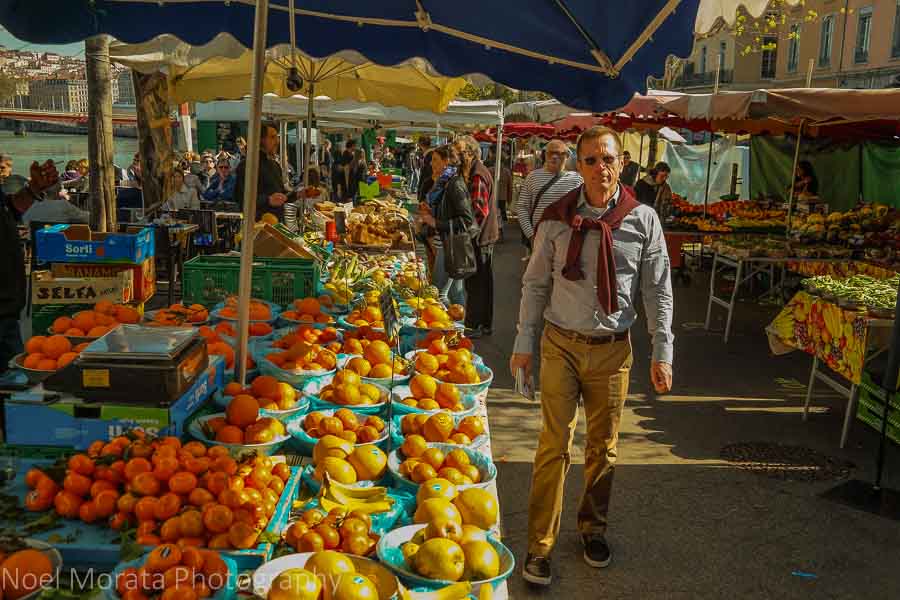
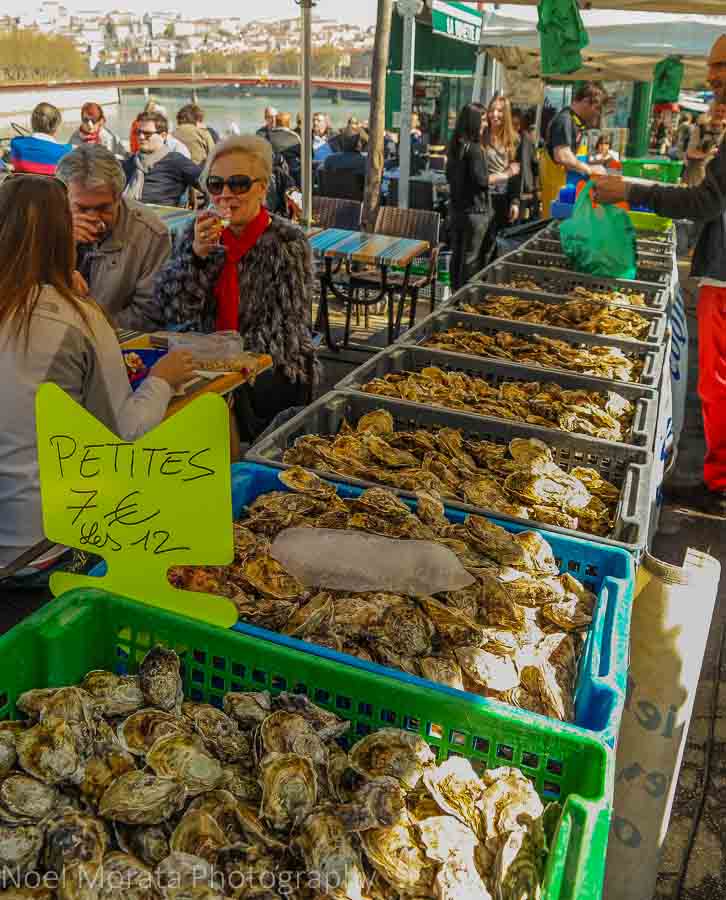
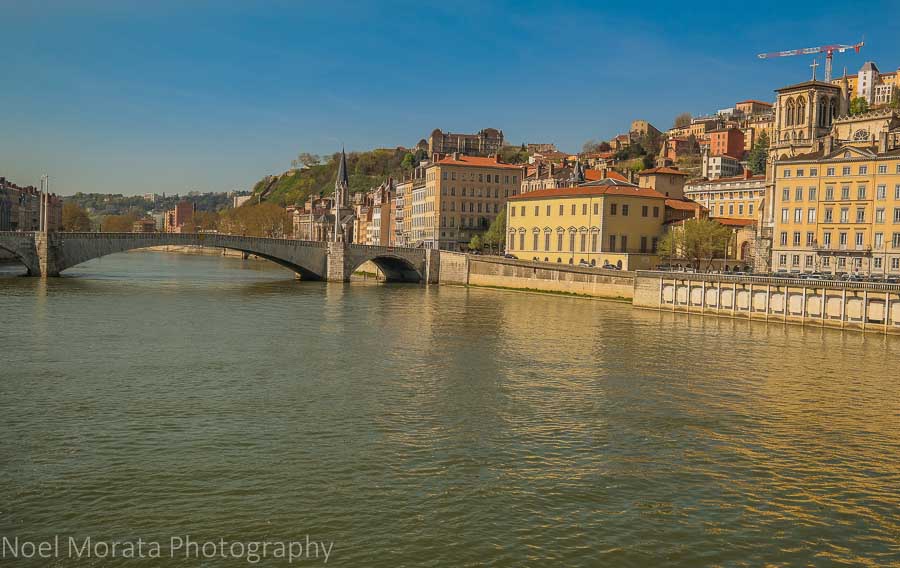
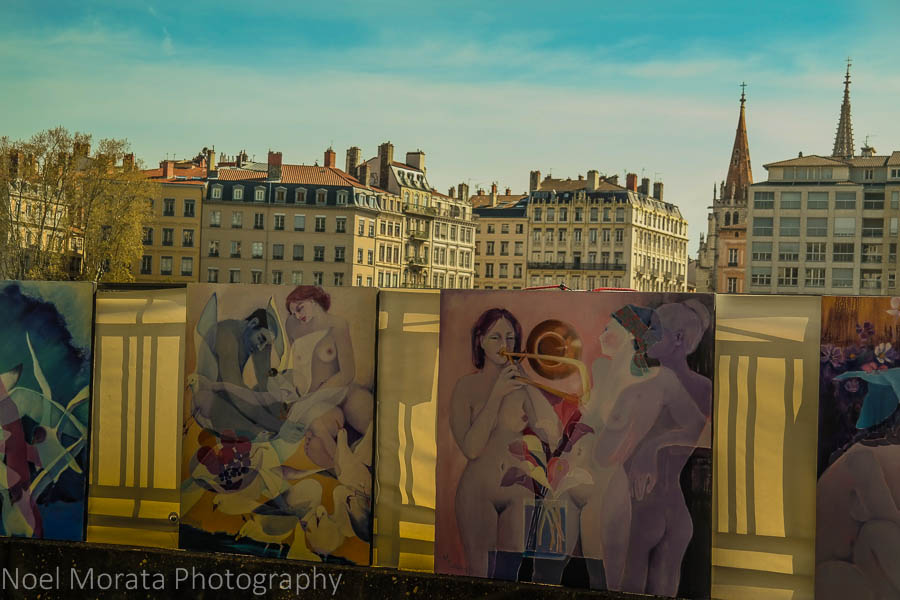
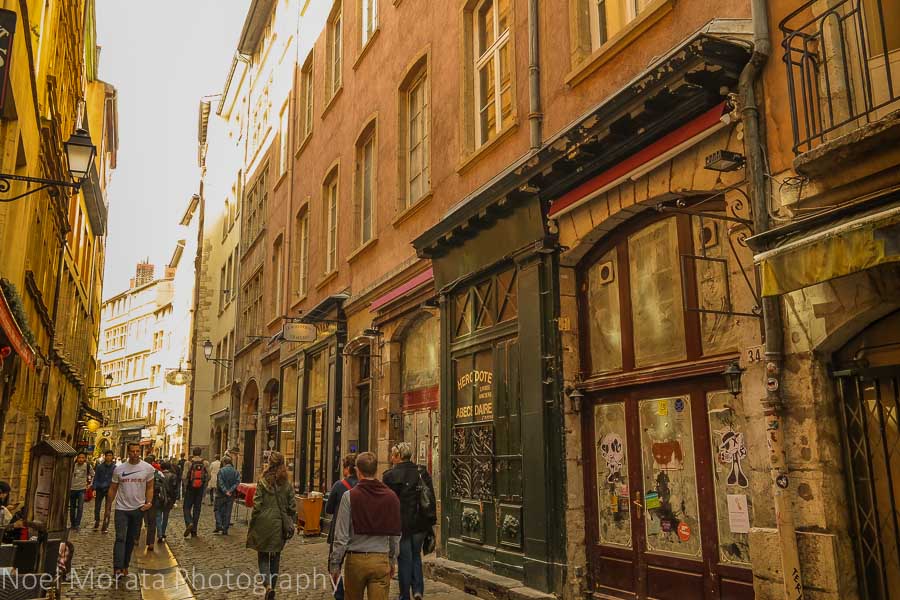
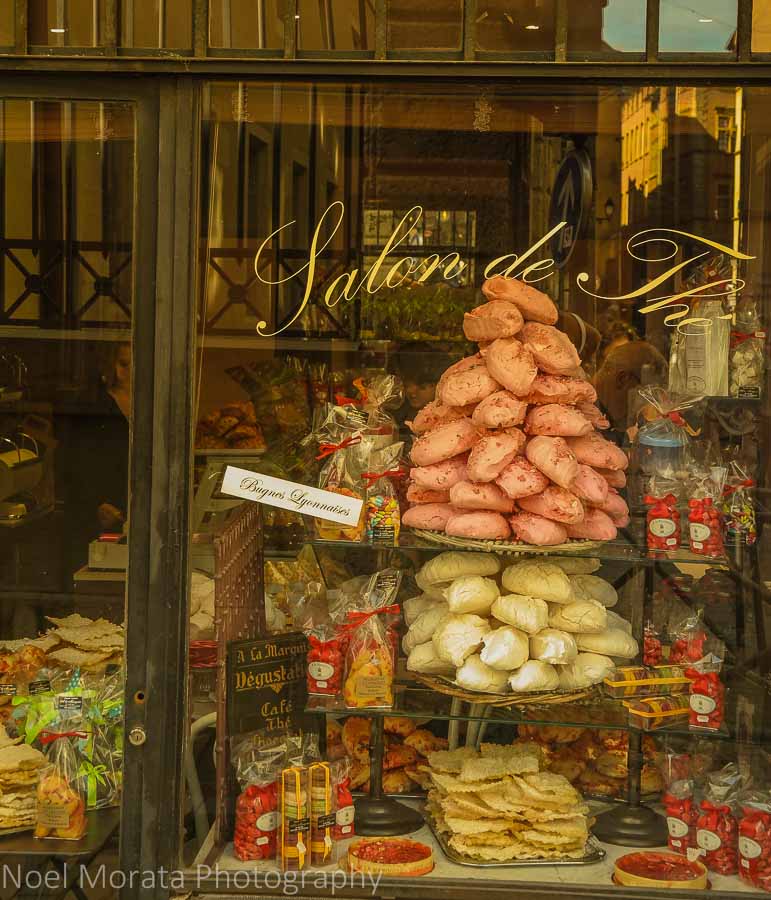
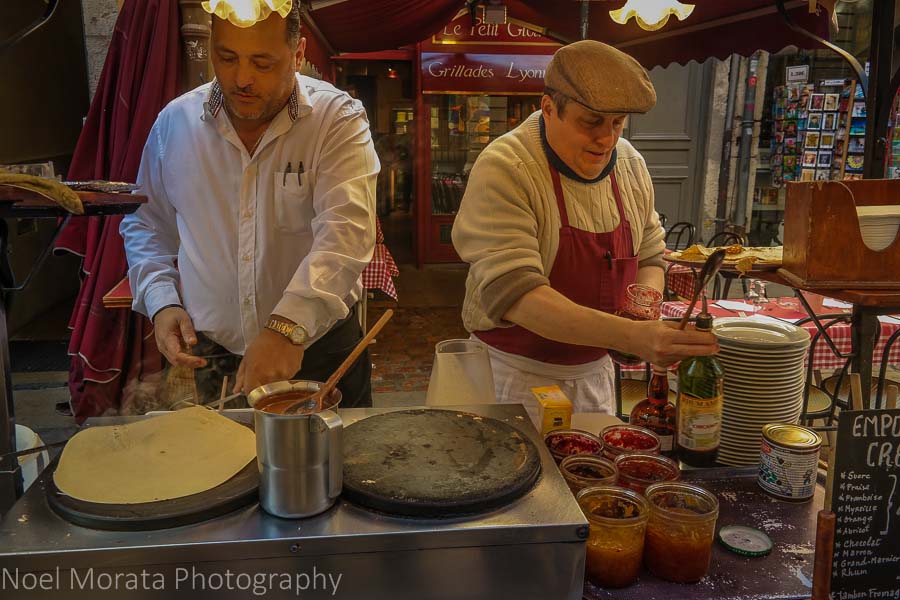
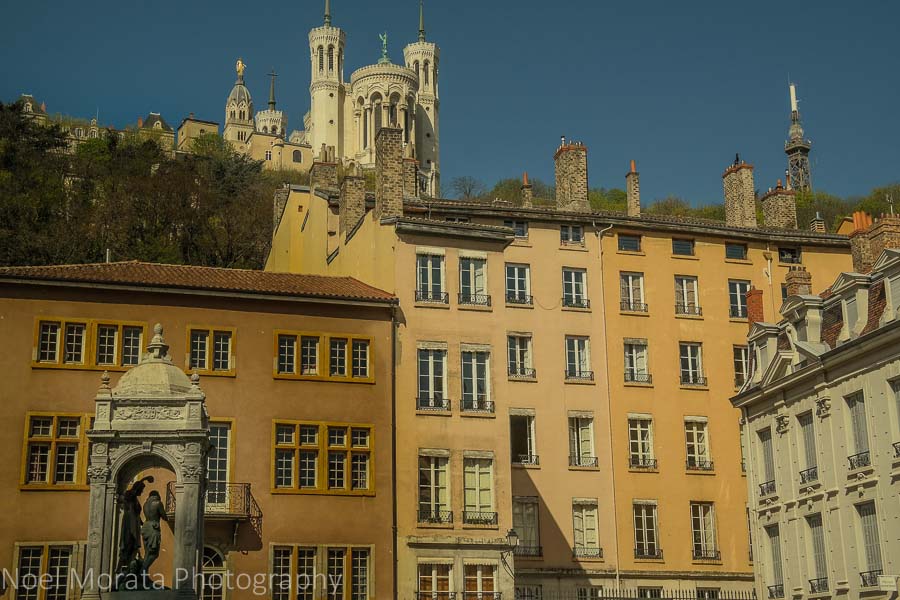
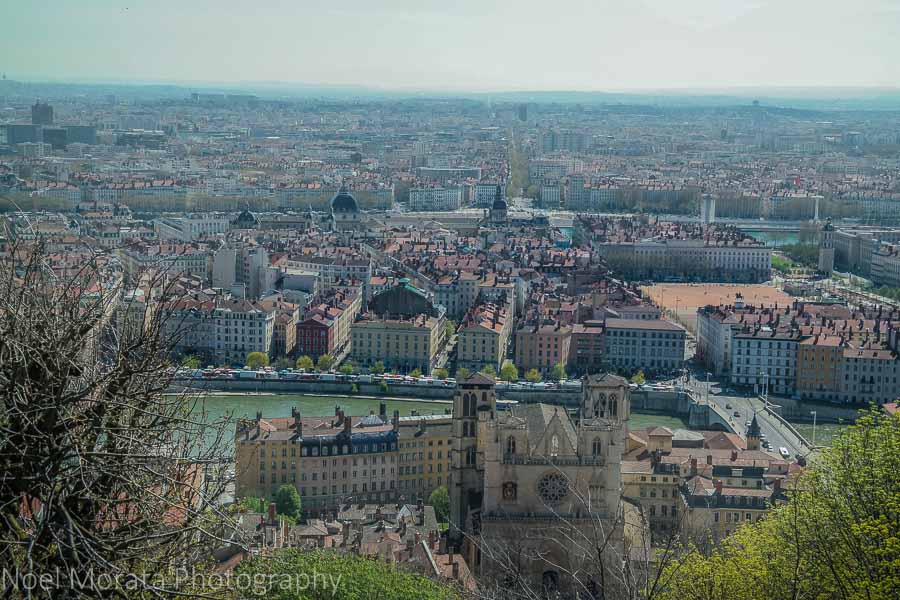
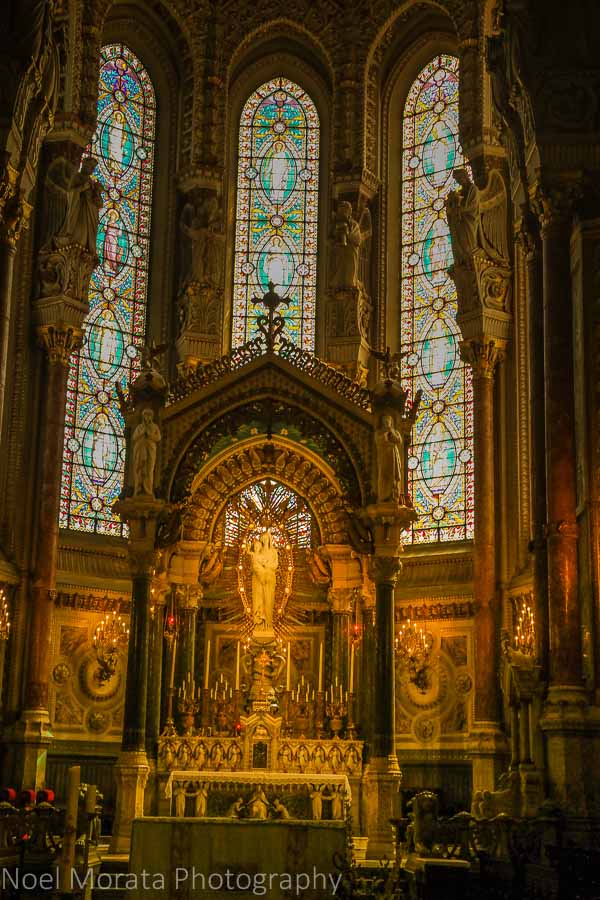
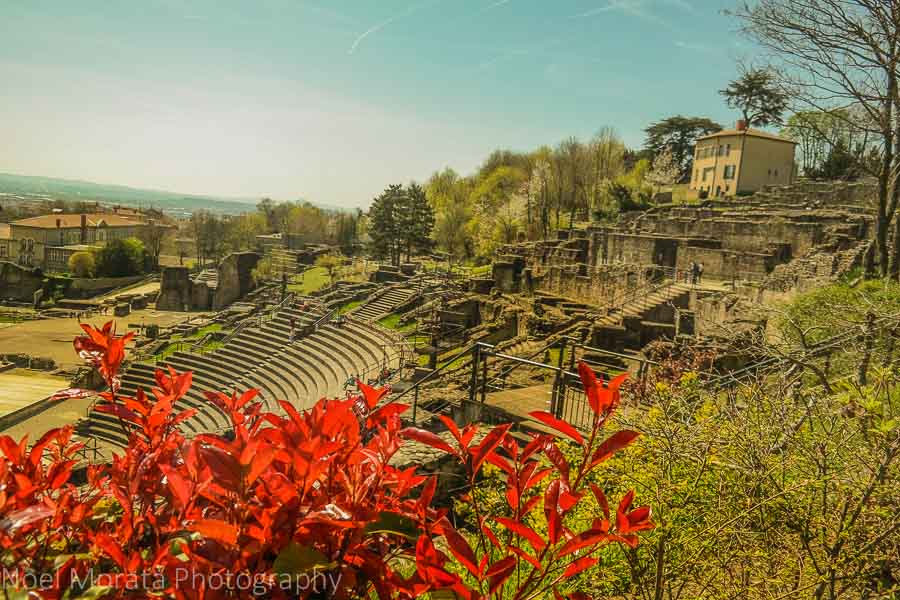
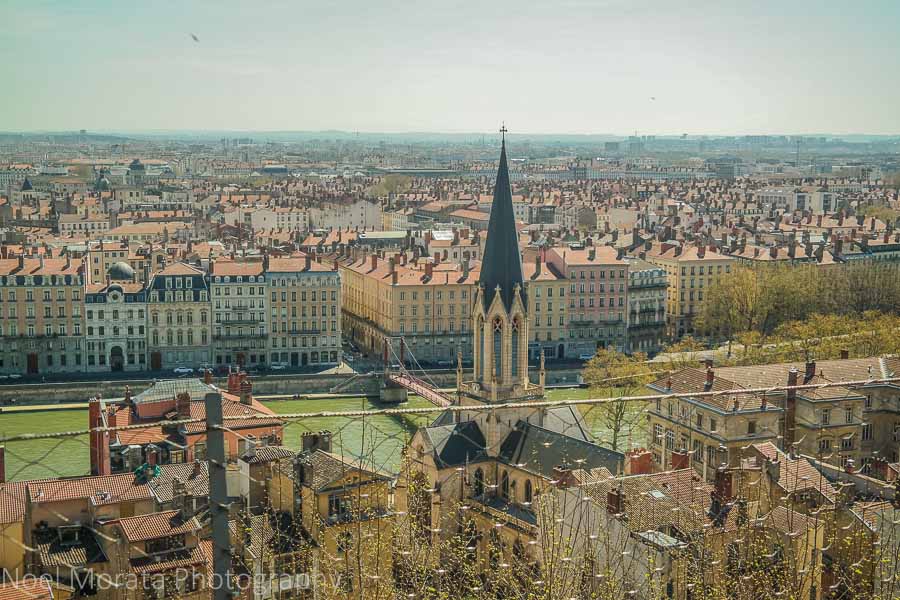
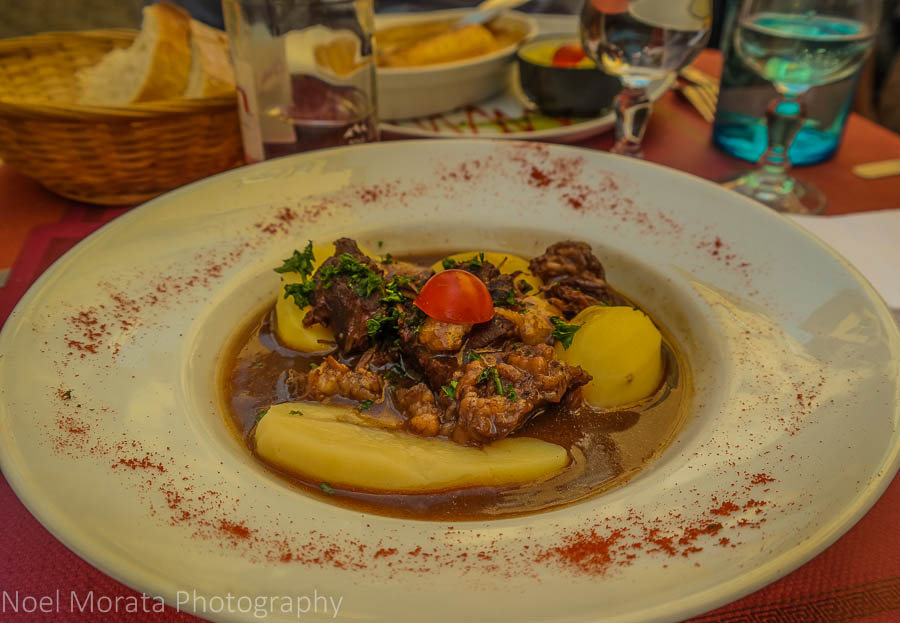
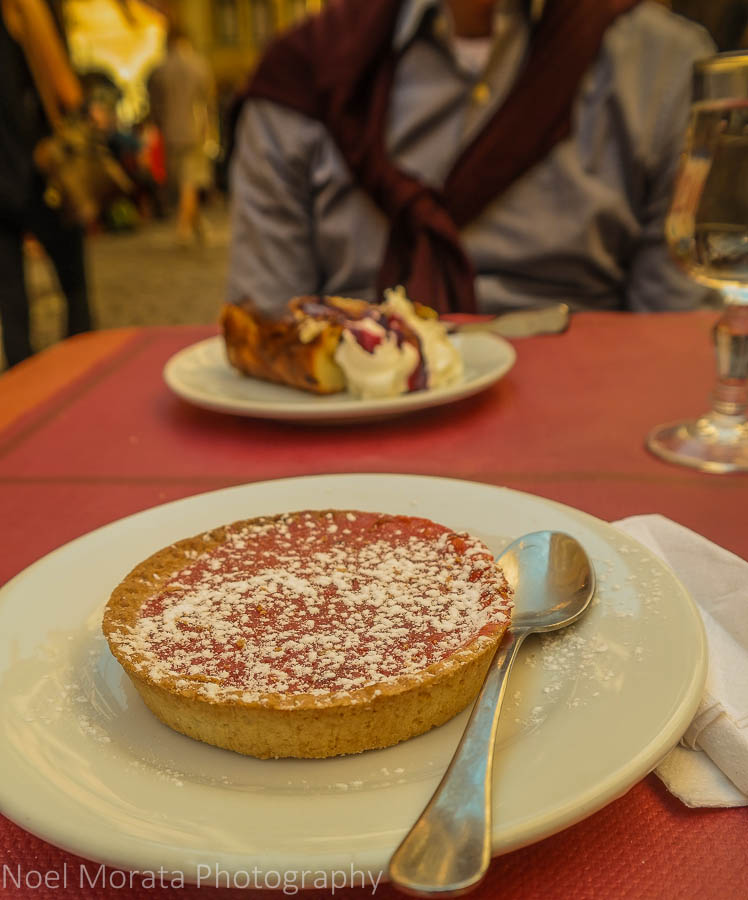

I recently went to Lyon and loved it, I would highly recommend.
Lyon is a fabulous city and definitely leaves a great first impression
I totally agree!
thanks so much for your comment on this First Lyon impression.
I had a random stop at Lyon. I was only able to explore the city for a half day. However, I really liked the outlook of the city. The calm environment & best sceneries are the my memories of this place. I have captured my thoughts on the city here.
Beautiful photos, as always. It sounds like a wonderful town to visit hungry. Love the cathedral.
I love Lyon and have been many times and each time I discover something new. It’s a great city. It looks like you had a good visit. I’d love to see you link up this and/or another post on France at my monthly linky #AllAboutFrance which is open now.
I just booked to go yesterday. I can’t wait to check out this city.
Lyon is my kind of place. Art, food, and more food. The art and buildings look amazing and make me want to visit. The food makes me hungry. I love exploring places through their food.
You take such beautiful photos! Like you, I’ve heard great things about Lyon but I still have not been able to go. I’d love to visit the Basilica, eat some crepes, and walk around the city center. I love when cities are so walkable!
I agree, Lyon looks gorgeous in your pictures. If that’s your first impression, then it must be incredible. The crepes – yum. I wish I had one of those griddles to make them on.
Crepes, medieval streets, cathedrals… sounds like my kind of city. Thanks for introducing me to Lyon. One more place now added to the list of cities to visit next time I’m in France!
Lyon looks so beautiful! We didn’t have a great first impression of France, visiting Paris first, but we’ll have a chance to go back next year and I’m hoping to visit some smaller towns like Lyon
You have really gone way beyond just showing a taste of the city. This was a great guide to read, and your photos have really captured the sophistication and beauty of Lyon.
Beautiful photos! I love the market scenes and the art market is especially interesting. I’ve never seen an art market like that before.
Lyon looks like such a charming city! I would love to visit there someday. That food looks delicious as well!
Beautiful photos, Noel! Wow, Lyon has not changed! The last time I was there was 5 years ago for my first CouchSurfing meet up and definitely loved it! Enjoy the rest of your time in France and we’re looking forward to more photos! xx
I haven’t been to Lyons since I was in my 20s. I used to sing in the Berlioz festival there. It’s a great city isn’t it? Your post really took me back there.
We were in Mougins, France last April but Lyons was 4 hours away by car so we decided not to go.You gave me the glimpses that I missed with your awesome collection of photos. Thanks lots!
Good stuff, as always. We have driven by Lyon several times and never stayed, I can see we need to remedy that situation.
Thanks for the stunning introduction to Lyon, Noel. The food and architecture are very enticing. Great photos as usual.
As usual, your photos are excellent! I have a French friend who raved about his meals in Lyon, so I enjoyed visiting via your images. I pick the Salon de The to visit, and wouldn’t mind sampling those crepes as well.
I always love the markets! I also could never pass up the Praline Cake!
What a trip down memory lane! I spent six months in Lyon in the early 80’s working as an au pair. I had afternoons off after lunch, so I spent a lot of time wandering around the city. I liked Vieux Lyon best; the later buildings were too ornate for my tastes. It amazes me that so many people go through Lyon on their way north or south but never stop to take a look at the city! Thank you for this gorgeous collection of pictures!
Great photos of wonderful Lyon, your photos of the market and beautiful food make me long for that French je ne sais quoi.
Oh wow! I had no idea it was this beautiful! i will be there next month and can’t wait to explore the region! Thanks for amazing photographs!
I, too, was pleasantly surprised by Lyon and would love to return. One of my favorite photos was the cathedral at dusk, including the river. Did you hear about the holiday light show?
Debi
Yes, I would love to visit during the holiday light show, is this during Christmas Debi?
We were so close to Lyon but didn’t quite make it. I have no doubt we will be back in France within the next 12 months and have always wanted to go there, after visiting a Lyonnais restaurant in Paris. Just charming.
Beautiful photos, as always. It sounds like a wonderful town to visit hungry. Love the cathedral.
Definitely one of my favorite places in the world and you’ve captured the spirit of Lyon so well!
When I was 16 in 1970, I visited visited Lyon with my family because we borrowed a tent from a French friend who lived there. However, your photos show me that I missed almost everything to see in Lyon. My main memory is that our friend’s mother made us an amazing dinner in her fifth floor walk up apartment. It was my first experience with snails.
Lyon looks gorgeous on your pictures and I would LOVE to try some of these dishes (with one or two crepes to go 😉